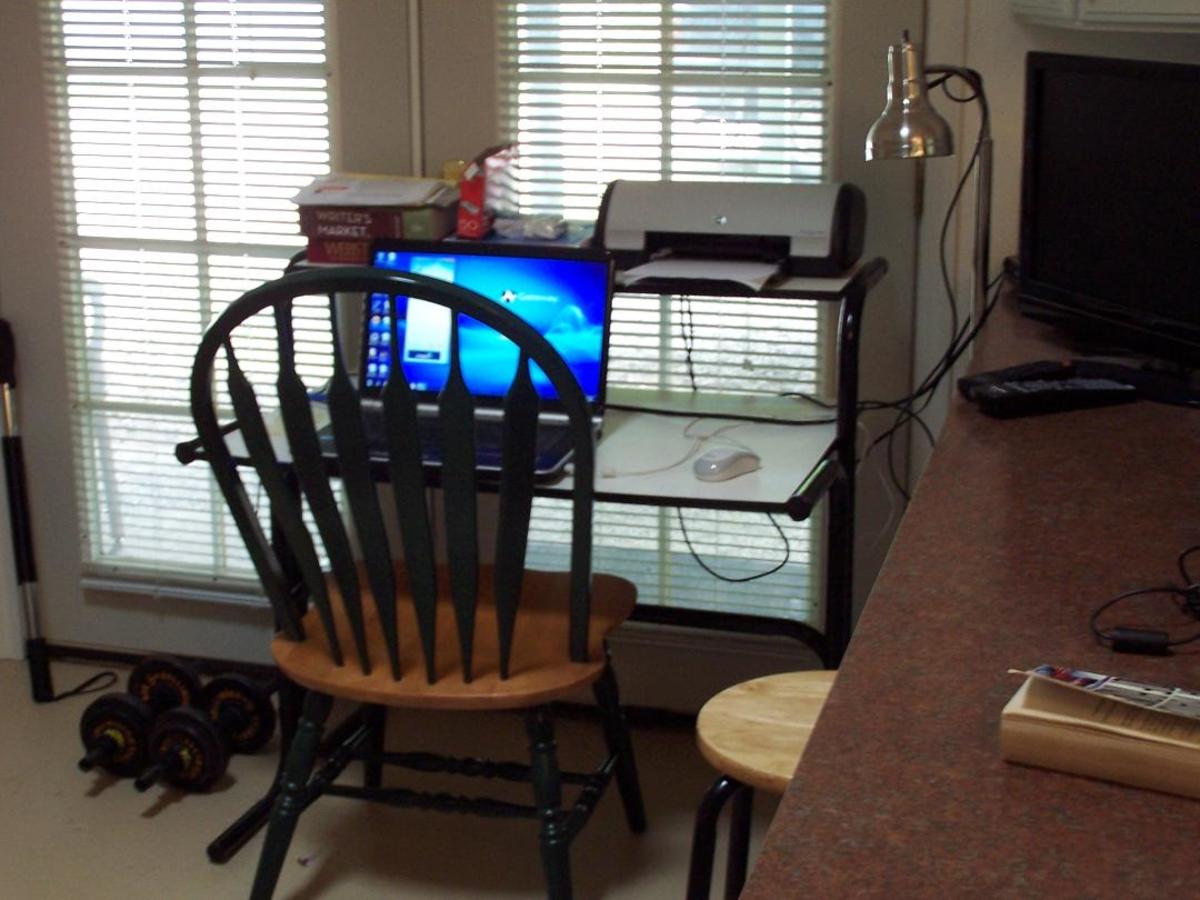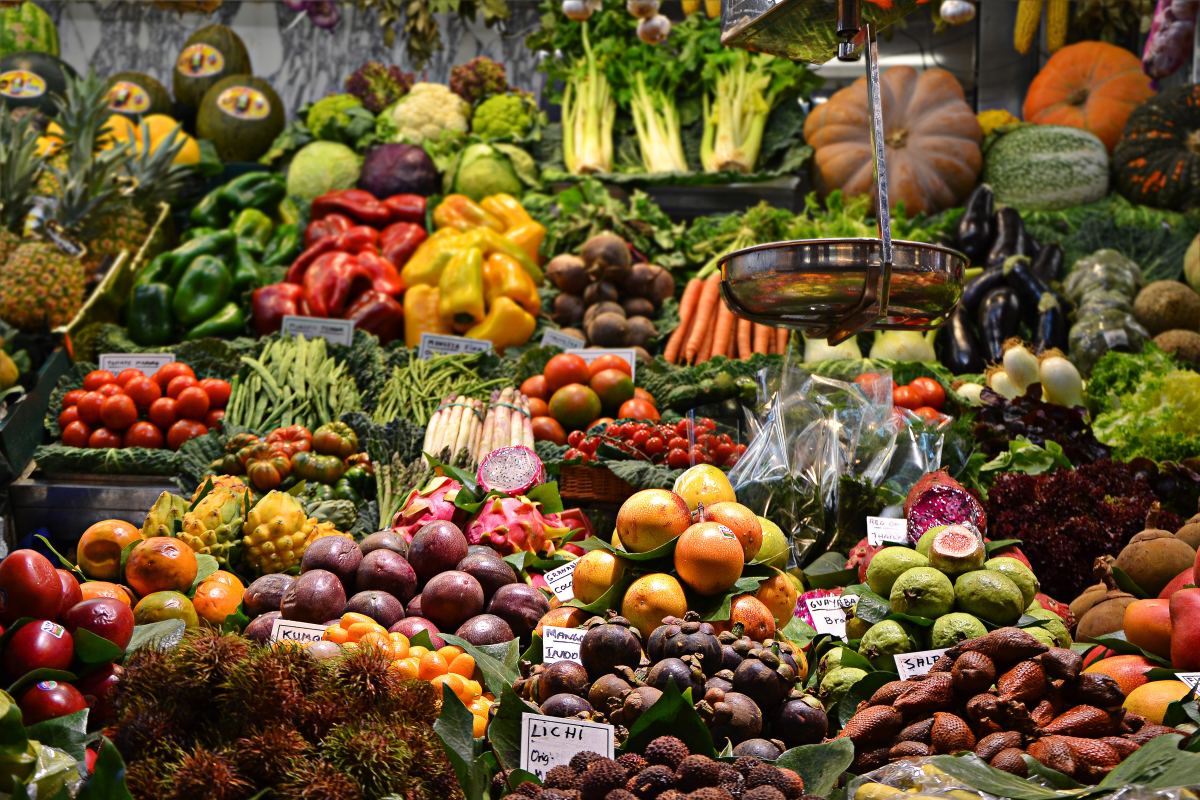How to Make the Most of the Collaborative Consumption Trend
There is a new book on the shelves that has gained a lot of attention among people who are interested in living community-friendly lives that are also frugal. It’s called What's Mine Is Yours: The Rise of Collaborative Consumption. Authors Rachel Botsman and Roo Rogers describe a new model of consumerism in which people no longer possessively own items but instead participate in a culture of sharing ownership with others. For example, instead of owning your own tools you might rent tools from a community tool shed. The tools are owned by the community as a whole rather than by any one individual. Let’s take a look at how you can make the most of this trend to save money and enjoy participating in shared ownership with other community members.
Learn about collaborative consumption
This idea is getting a lot of media attention right now so even if you don’t get your hands on a copy of the book you can learn more about the topic through blogs and news reports. The basic idea is that most of the items are items that we don’t use regularly throughout the duration of their life span therefore we should share ownership with others either during the time that we’re using it or by selling or donating the item when we’re done with it. If you think about it, this idea really makes perfect sense!
Get more active in the areas you’re already using
Many people who are interested in saving money are already participating in collaborative consumption without even realizing that they are a part of this growing trend. Some of the most common ways that you might be participating already include:
o Book swapping. If you belong to an online book swapping site like PaperBackSwap where you trade your already-read books for new ones that you want to read then you’re already sharing ownership of books with others. If you buy used books and then re-sell them when you’re done with them then you’re also participating in the book ownership aspect of collaborative consumption.
o Car sharing. More and more people in urban areas are participating in car sharing programs (like Zipcar or City Car Share) instead of owning their own cars. This is a terrific example of how a number of people can share access to one item and use it only as needed, which is what collaborative consumption is all about.
o Co-working spaces and shared artist studios. Several people pay together for the use of a shared space to do their work rather than renting out their own isolated office or studio. This is a terrific form of collaborative consumption especially for freelancers!
o Getting things for free. Have you ever gone on the free section of Craigslist, used Freecycle to get something or even taken something from the free box at a local yard sale? These are all smart ways to get what you need without spending any money and they’re also part of the collaborative consumption trend. When someone no longer needs something, they can give it away.
o Room rentals. As the economy got bad, many of us found that we could make some extra money by renting out the extra room in our homes to short-term visitors. Websites specific to this purpose, such as AirBnB popped up to accommodate us. We may technically own a home ourselves but we share short-term ownership of a room in the house with someone else.
o Social lending. People who have invested a small amount of money in personal loans through popular sites like Lending Club are contributing to the Collaborative Consumption movement while earning a bit of interest themselves.
o Tool sharing. Who hasn’t borrowed a lawnmower or power drill from a neighbor in a time of need? This informal process of sharing tools is giving way to more organized tool sharing efforts in many areas.
If you have already done things like this then you know the financial benefits of participating in collaborative consumption. Make a more concentrated effort to get active in the sharing that you’ve already started to enjoy.
Pay attention to up-and-coming options
This trend is really taking off so there are a lot of different ways that people are coming together to make it work. Pay attention to the different options that are available in your area. Examples of increasingly popular options include:
o Community design spaces. For example, San Francisco has Tech Shop where you can become a member and share use of all of the design, printing and workshop tools that are available in the space.
o Community gardens. Even in urban places people are sharing land and the fruits of their labors from working that land.
o Swaps of all kinds. Clothing swaps are currently very hot but any type of swap where you bring your used items and take someone else’s items home with you would fall into this category.
The main thing that you can do is to stop and think before you purchase a new item. Do you really need to actually own the item for daily use? If not then it may be smarter to borrow the item or purchase it as a group with others and share it with one another. Consider also the items that you already know and whether they could be shared or rented out to reduce your sole ownership of them and save you some money!









